I'm very new on this for this has never been taught in my school.
I have ten 5mm blue LEDs. Each led has 3.4V and 30mA max current. The only thing I know is that I have 34V for my LEDs. The power supply I would be using has 14V (a 5V usb cable plus a 9V battery).
So, my question is: how many volts should I really have as a power supply and how many ohms as well as watts should the resistor have? (I currently have 220ohms 1/4 watt for the resistors)
P.S. these will all be attached to a breadboard. This will be made into a game. 10 LEDs 20 switches. It's called the nim number game. so the mechanics of the game is each player can turn on a maximum of 2 LEDs per turn. However, the last player to turn on the remaining LED that's not turned on wins. The project is done, honestly. We've attached the wires, Leds, switches, and ICs.
However, the initial power supply for the project is a 9V battery. But when the 6th LED is turned-on, the light it emits is very low already. Then, emission of light of all 10 Led lights becomes very low if all leds are turned on. So I added a 5V usb cable but I got the feeling that the resistors aren't compatible with the power supply anymore.
Thanks in advance for answering!

